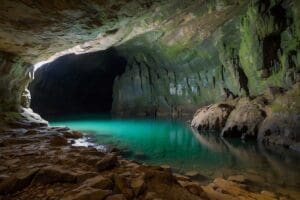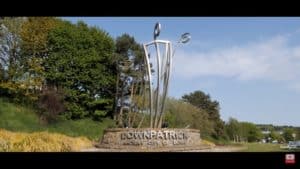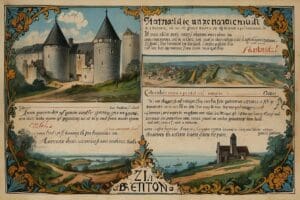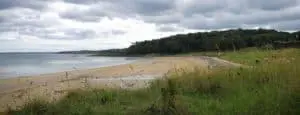Celtic and Norse Mythologies: Exploring the Crossroads of Northern Legends
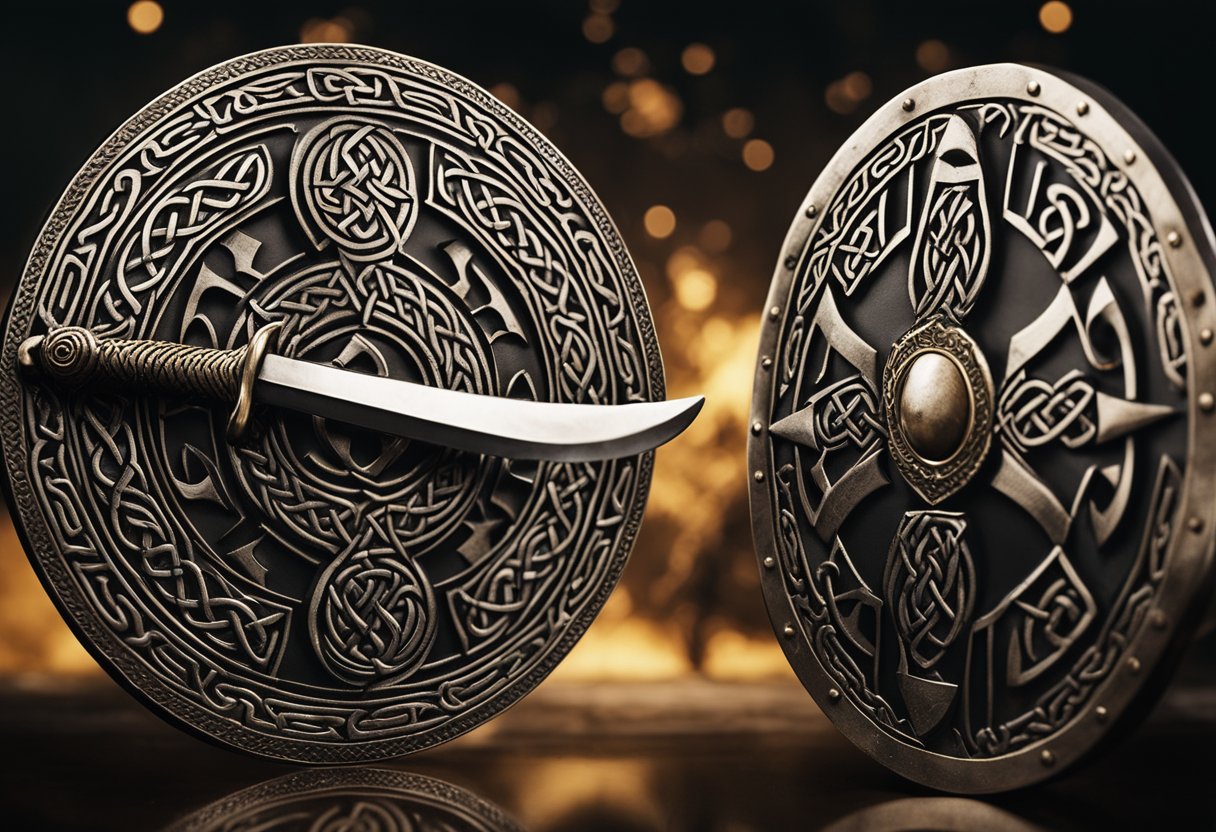
Updated On: April 24, 2024 by Maha Yassin
Throughout history, the mythologies of the Celtic and Norse peoples have painted vivid pictures of life, nature, and the supernatural. Though originating from different geographical regions, with the Celts primarily rooted in what is now Ireland, Scotland, and Wales and the Norse hailing from Scandinavia, their mythologies offer an intriguing study in both contrast and convergence. The tales passed down through generations reveal a rich tapestry of gods, creatures, and heroes battling earthbound and celestial forces.
Exploring the intersection of these Northern mythological traditions affords us insight into overarching themes and worldviews that have shaped cultural identities. Both mythologies present an array of powerful deities and beings, intricate stories of creation, and reflections on the human condition within the natural and spiritual worlds. Despite their unique pantheons and narrative styles, they share common motifs, such as an emphasis on fate and the cyclical nature of life, which resonate across their mythologies.
Our understanding of the interplay between Celtic and Norse mythologies is further deepened through examining the artefacts, artwork, and literary remnants, offering us glimpses into past practices and societal structures. As we uncover more about their languages, symbols, and rituals, these ancient cultures’ influence on modern-day national identities and belief systems becomes increasingly apparent.
Historical Context of Celtic and Norse Mythologies
Throughout history, the Celtic and Norse mythologies have developed within distinct societies, yet they share a common thread through the rich tapestry of the European spiritual and cultural landscape.
Early Tribes and Societies
The Celts originally populated Central Europe and eventually occupied territories known as Ireland, Scotland, and Wales. They were tribal, with a social structure rooted in kinship and warrior elites. The Norse, originating from what is now Scandinavia, were initially a collection of tribes whom their seafaring Viking descendants would later recognise. Both societies left an indelible mark on northern Europe’s historical canvas, with rich oral traditions that have preserved their mythologies throughout the ages.
Influence of the Romans and Christianity
The Celtic tribes experienced substantial cultural and military pressure from the Roman Empire, leading to the Romanisation of many Celtic regions. This invariably influenced Celtic mythology, intertwining it with classical culture and Christianity. Our Norse counterparts encountered Christianity through trade and expansion, which entwined with their old beliefs, shaping new traditions and stories. Both mythologies were significantly impacted by Christianity during the Middle Ages, with the conversion efforts leading to a syncretism of beliefs and practices.
Preservation and Evolution Over Centuries
Despite historical upheavals, the mythologies of the Celts and Norse have been preserved and have evolved over centuries. Saga and epic literature became the vessels for Norse tales, while monastic scribes played a crucial role in preserving Celtic lore. Our shared heritage is a fusion of stories and legends that survived the passage through time, giving us invaluable insight into the past lives of the Vikings and Celts.
Deities and Pantheons
In exploring the mythologies of the Nordic and Celtic peoples, we traverse a rich landscape of gods, goddesses, and spiritual entities. Though distinct in their characteristics and origins, the pantheons from these cultures hold an undeniable significance in the folklore and historical identity of their respective societies.
The Celtic Deities
In Celtic mythology, the pantheon is extensive, with deities representing various aspects of life and nature. At the pinnacle of this pantheon resides The Dagda, a father figure and protector known for his control over life and death and associated with a cauldron that has an endless supply of food. Another eminent figure is Lugh, celebrated for his skills as a craftsman and warrior. Yet it is The Morrigan, embodying war and fate, who often captures our attention with her formidable presence.
- The Dagda: protector, associated with abundance and prowess.
- Lugh: revered for multiple talents, linked with the Lughnasadh festival.
- The Morrigan presides over war, fate, and sovereignty.
These deities are cornerstones in Celtic religious practices, each playing a unique role within the collective consciousness of Celtic identity.
The Norse Gods
Turning towards Norse mythology, the array of gods is equally rich, headlined by Odin, the Allfather, known for his wisdom and quest for knowledge. Renowned for strength and protection, Thor wields his hammer, Mjolnir, personifying the thunder and defending humanity against chaos. Freyja, on the other hand, oversees love, fertility, and also practices seidr, Norse magic.
- Odin: Allfather, the god of wisdom, poetry, and war.
- Thor: The god of Thunder known for Mjolnir and his battles with giants.
- Freyja: goddess of love and fertility, a practitioner of magic.
These gods and goddesses of the Norse pantheon are deeply rooted in the sagas and traditions that have shaped Scandinavian and Germanic cultures through the ages.
Mythological Themes and Worldview
Before exploring the themes within Norse and Celtic mythologies, it’s crucial to recognise the profound influence of natural elements and the cyclical nature of existence as reflected in both cultures’ narratives. These shared aspects offer a glimpse into the values and understanding of the cosmos inherent in ancient Northern cultures.
Creation Myths
In Norse mythology, the narrative begins with Ginnungagap, the vast void from which elements of heat and cold combined to give rise to Ymir, the progenitor of the Jotnar, and the cosmic cow, Audhumla. It’s from Ymir’s body that Odin and his brothers forge the world, manifesting as Midgard, while Yggdrasil, the immense world tree, connects the nine realms. Comparatively, Celtic creation stories are varied and less unified, but they often centre on the interplay of elemental forces and the shaping power of the divine, with figures like the Dagda wielding great influence.
The Significance of Nature and the Natural World
Both mythologies hold profound reverence for the natural world, seeing it as sacred and central to the structure of their respective universes. In Norse tales, Yggdrasil provides a framework for understanding the cosmos, with its roots and branches sustaining and connecting all of life. Celtic traditions equally emphasise nature, viewing it as an embodiment of the divine and a gateway to otherworldly realms, with numerous myths stressing the importance of natural landmarks and phenomena.
Concept of the Afterlife
The Norse envision the afterlife as multifaceted, with Valhalla being the hall where the slain warriors, chosen by the Valkyries, feast and fight until Ragnarök. This twilight of the gods brings about the destruction and regeneration of the world. Celtic notions of the afterlife are similarly cyclical, often seen as another plane of existence closely intertwined with our own, where deities and spirits reside and where heroes journey in tales of adventure and otherworldly trials.
By comprehending these mythological themes, we obtain a windowsill view into ancient perspectives on creation, nature, and the afterlife—demonstrating how these cultures sought to understand their place in the grand tapestry of existence.
Cultural Practices and Rituals
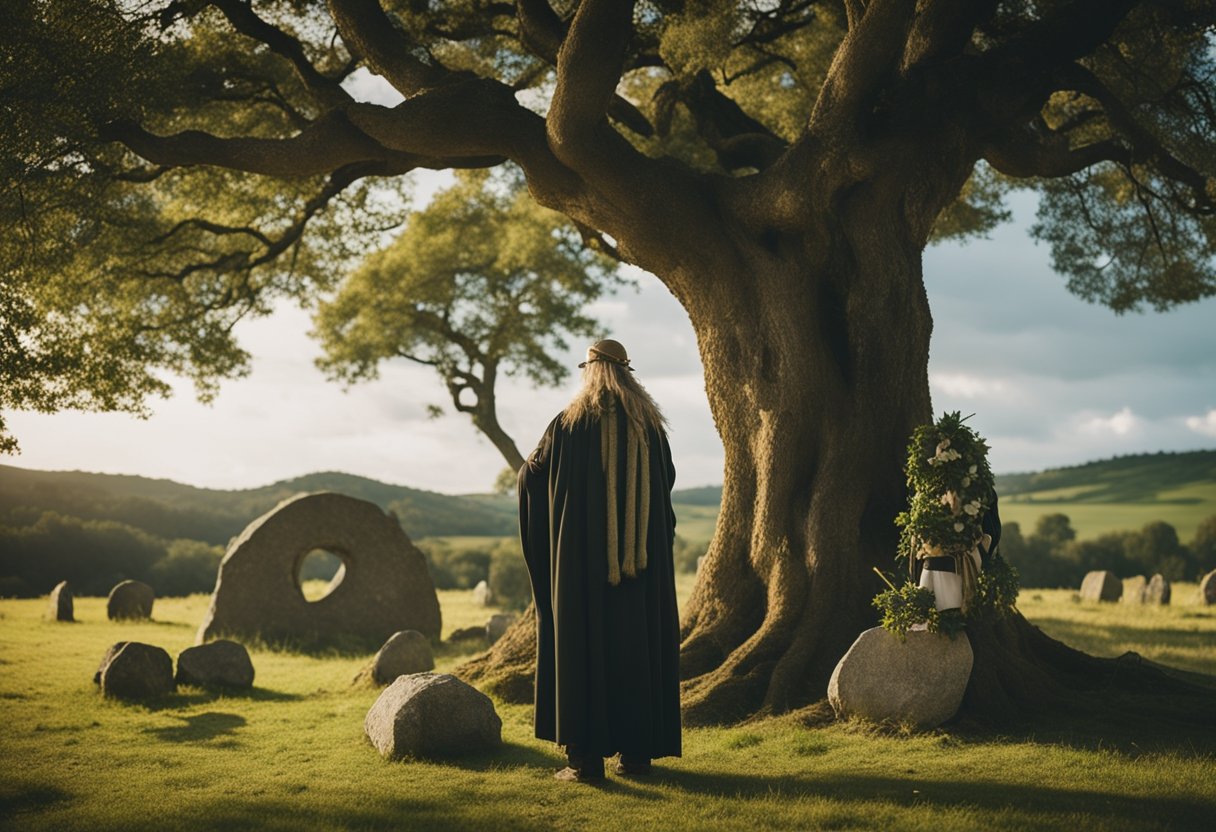
As we delve into the rich tapestry of Celtic and Norse cultures, we must recognise the distinct practices and rituals that both civilisations embraced. Through their spiritual ceremonies and sacral acts, they expressed profound connections to their deities, the natural world, and their communities.
Druidic Traditions
The Druids were revered figures within Celtic tribes, serving as priests and judicial authorities. Their rituals, often conducted in natural settings like groves, were pivotal to Celtic religion and culture. These Druidic traditions included practices like the veneration of sacred trees and the celebration of seasonal festivals like Beltane and Samhain, which marked the beginning of summer and winter, respectively. However, much of what we know about the Druids comes from external sources, as they favoured oral tradition over written records, leaving much shrouded in mystery.
Viking Rituals and Sacrifices
Rituals and sacrifices played a central role in the Norse, reflecting their beliefs and values. Viking warriors, for instance, would engage in rituals to invoke the favour of gods like Odin and Thor before a battle. One notable practice was the sacrifice of animals or even humans during blóts, which were communal gatherings that sought to secure divine favour or appease the gods. These rituals were carried out with precision, guided by ritual specialists, who ensured that the offerings were made in a manner that was respectful to the Norse pantheon.
Shared Mythological Motifs
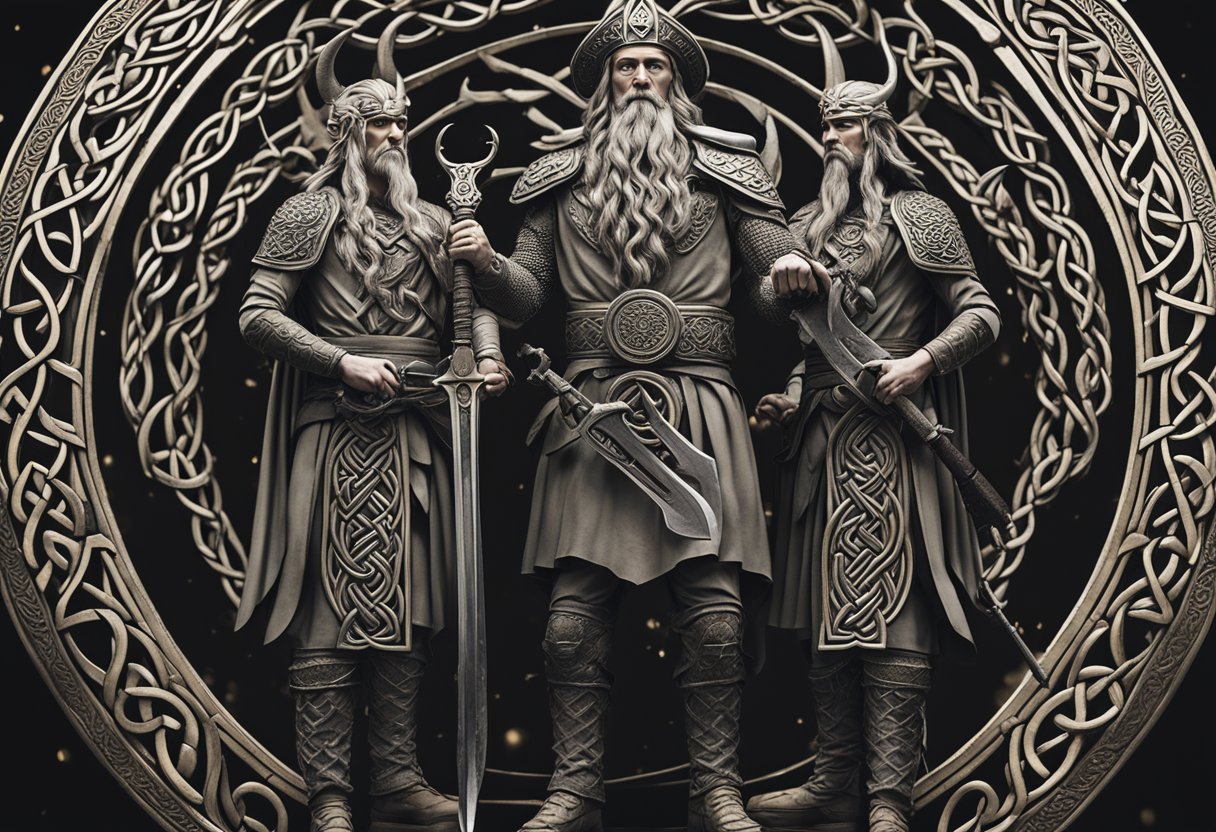
In exploring mythology, we’ve uncovered shared themes that resonate across the Norse and Celtic landscapes.
Giants, Elves and Other Beings
Norse and Celtic mythologies teem with tales of giants and elves, supernatural entities that intrude upon and enrich the lives of gods and mortals alike. In Norse lore, giants, or Jötnar, often find themselves in conflict with the Aesir, the principal pantheon of gods. Giants inhabit Jotunheim, one of the nine worlds in Norse cosmology, and are central to many myths, including those where they interact with the trickster god, Loki. Similarly, Celtic stories feature Fomorians, a race of hostile and gigantic beings who battle the early settlers of Ireland.
Elves feature prominently in both traditions as well; the Norse Álfar dwell in Álfheim, while Sidhe, referred to as ‘elves’ in a broader sense, are a supernatural race in Celtic mythology known for their beauty and connection to ancient burial mounds.
Heroes and Legendary Warriors
Legendary heroes and warriors play pivotal roles in both mythologies. In Norse myths, Baldr, the beloved god known for his fairness, purity, and invincibility, is a central figure whose tragic death has wide-reaching consequences. Meanwhile, Celtic myths bring us tales of Bran, a giant and king of Britain in Welsh mythology whose role as a guardian and protector is well documented in the lore.
Further, we find exceptional warriors such as Scáthach, a celebrated female warrior in Scottish and Irish legend, renowned for her martial prowess and training the legendary Irish hero Cú Chulainn. Norse tales, in turn, regale us with depictions of the fierce and brave Einherjar, warriors fallen in battle and brought to Valhalla to prepare for Ragnarök.
The interfusion of these remarkable entities across the Norse and Celtic mythologies illuminates the shared cultural threads tying together the Northern European storytelling tradition.
Language and Literary Sources
In this section, we’ll explore the linguistic foundations and literary traditions that form the bedrock of both Celtic and Norse mythologies, focusing on the languages of Old Norse and Gaelic, the writing systems of Runes and Ogham, and the pivotal texts and oral customs that have preserved these ancient stories.
Old Norse and Gaelic Languages
Old Norse was the language spoken by the inhabitants of Scandinavia during the Viking Age and has left a profound impact on the English language itself. Gaelic, encompassing Irish and Scottish variants, is a group of languages distinct to Ireland and Scotland. Each language contributed to preserving their respective mythologies, with stories of the Norse gods and Celtic tales often originating in these ancient tongues.
Runes and Ogham
The Norse used runes, an alphabetic script, for writing, divination, and magical purposes. Each rune had its name and was linked to specific sounds and meanings. In contrast, Ogham is an ancient writing system used primarily in Ireland and western Britain. It was often inscribed on stone monuments and is associated with the early Irish language.
Sacred Texts and Oral Traditions
Crucial to Norse mythology is the Prose Edda, attributed to Snorri Sturluson, a rich source of mythological and heroic tales. Much of our knowledge for the Celts comes from sacred texts transcribed by Christian monks and rich oral traditions that passed down stories of deities, heroes, and the Otherworld. These texts and traditions serve as a gateway to understanding the complex mythologies and cultures of the Norse and Celtic peoples.
Artistic Expression and Representation
Artistic mediums like art and poetry have been instrumental in capturing and conveying the rich narratives of Celtic and Norse mythologies. These expressions provide a window into the ancient societies’ cultural ethos and belief systems.
Celtic and Norse Symbolism
Celtic art is renowned for its intricate patterns and symbols, such as the Triskele and the Celtic knot, which signify concepts of eternity and interconnectedness. These motifs often appear in metalwork, manuscripts, and stone carvings, reflecting a highly stylised aesthetic unique to ancient Celtic cultures, including the Gaulish. Conversely, Norse art is characterised by iconic runestones and artefacts depicting myths and gods. The gripping beasts and interwoven animal patterns in Viking art manifest their beliefs and stories.
Myths in Modern Media
Our fascination with these ancient mythologies persists in modern media, reinventing and reintroducing them to contemporary audiences. Television series, films, and literature often draw inspiration from Celtic and Norse sagas, weaving traditional narratives with artistic modern retellings. The portrayal of these myths in media emphasises the enduring legacy and appeal of the ancient tales, keeping them alive in the collective consciousness.
Interactions and Convergences
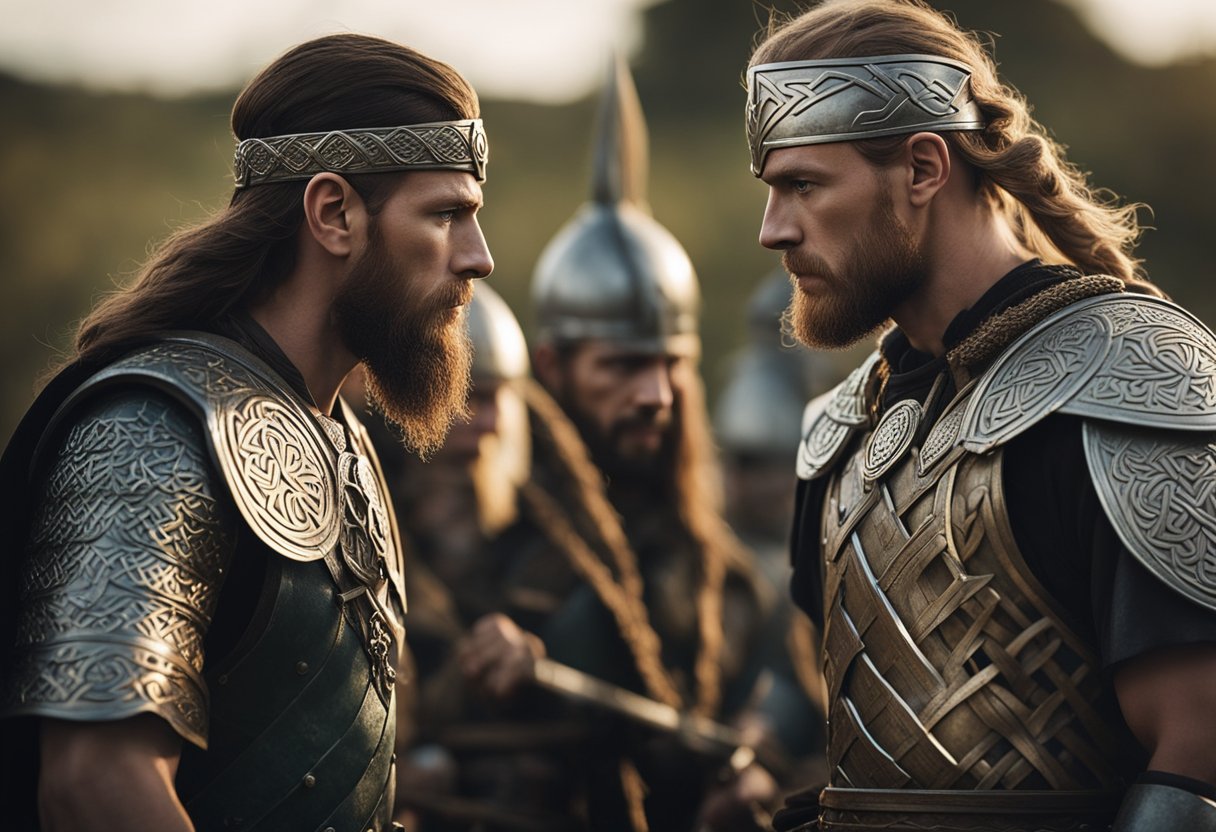
In the tapestry of historical interactions, the intersection of Norse and Celtic mythologies highlights a complex network of trade and cultural exchanges. These encounters formed a milieu where stories, beliefs, and traditions intermingled, enriching the cultural landscapes of both societies.
Trade and Cultural Exchanges
The exchange of goods was central to the interactions between Norse and Celtic societies, which created avenues for cultural dialogue. Throughout Scandinavia and areas where the Scots and the Picts resided, there was a flow of commodities such as metals, textiles, and foodstuffs. Such exchanges were not solely commercial but also carriers of ideas and mythology that blended the Norse sagas with Celtic tales.
The Vikings from Scandinavia, known for their extensive expertise in seafaring, ventured into regions of Central Europe, establishing trade routes that extended even to the British Isles. They encountered the Celts and Picts in these lands, which ushered in conflict and compromise. The result was a rich, woven narrative where northerly mythologies reflected a fusion of Viking and Celtic deities and customs.
Interactions with Other European Cultures
The spread of mythology across Europe was inherently tied to people’s movements, including traders, warriors, and settlers. Norse mythology, initially rooted in the northern Germanic tribes, travelled with the Vikings as they explored and established settlements, even as far as the fringes of Central Europe.
Meanwhile, the Celtic mythology, with its origins among the Celts of Central Europe, found its way across the continent through migration and conquest. As these cultures expanded their boundaries, they encountered each other’s gods and legends, leading to a unique intersection of mythological traditions. This cultural interplay is evidenced in the adaptations of divine figures and the shared motifs seen in the mythologies of these intertwined civilisations.
Our exploration into the intersecting mythologies of the Norse and the Celts offers a glimpse into the rich tapestry of our shared past, where trade and cultural exchanges acted as catalysts for mutual influence and collective memory.
Influence on Contemporary Belief Systems
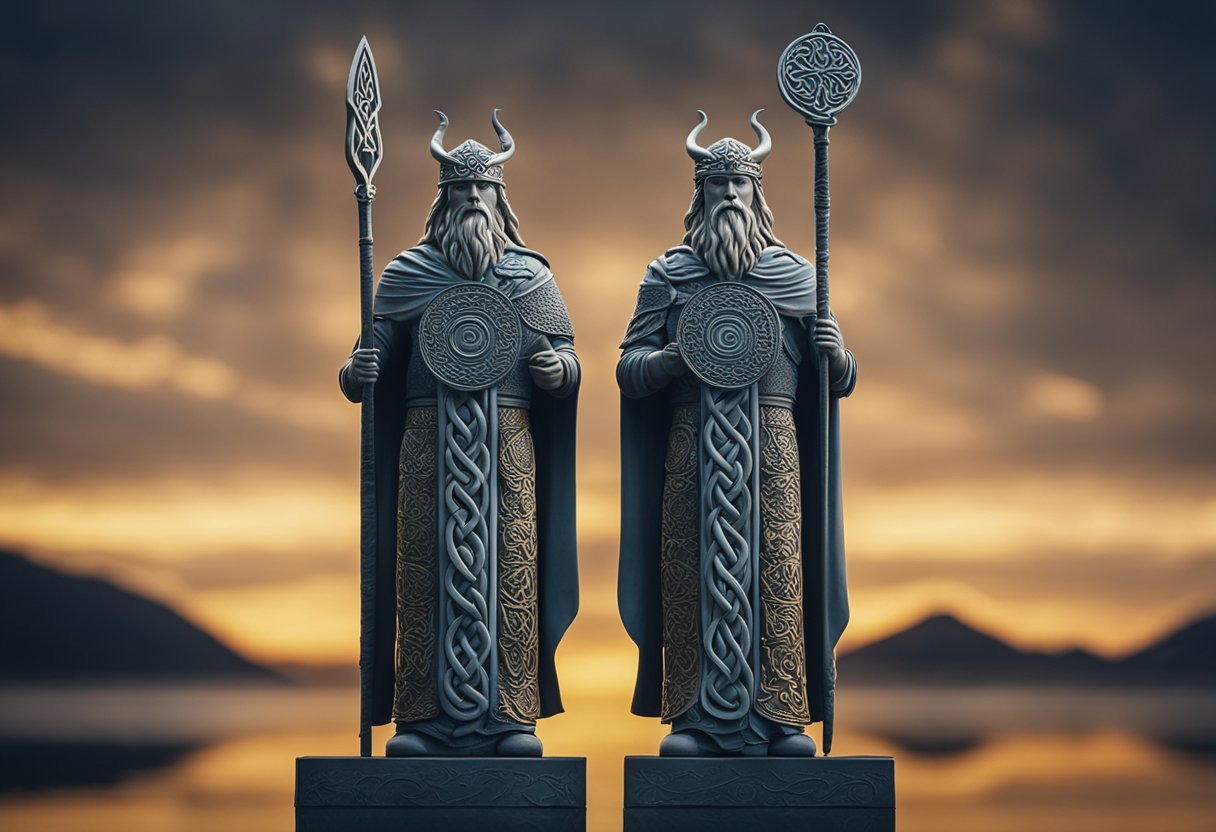
The intersecting mythologies of the Celtic and Norse cultures continue to shape contemporary belief systems through their impactful narratives and deities.
Modern Paganism and Revival Movements
In modern spirituality, neo-pagan movements, such as Wicca and Asatru, draw heavily from the rich tapestry of Celtic and Norse mythologies. Participants often engage in rituals and festivities rooted in the ancient traditions of these Indo-European cultures. For example, Wiccans may celebrate Samhain, a festival based on Celtic folklore, which also coincides with Norse celebrations of the dead.
Asatru, a revival of ancient Norse religion, is now recognised as an official religion in some Nordic countries. It embraces a polytheistic belief system centred around gods like Odin and Thor, bridging historical belief systems with modern-day practices.
- Recognised Religions:
- Asatru (Norse)
- Wicca (Celtic Influenced)
Influence on Popular Culture
Our engagement with popular culture reveals an undeniable fascination with legends from the Norse and the Celtic worlds. Films, books, and television series frequently depict gods like Thor—though often drawing from the comic book representation rather than authentic sagas—and weave Celtic symbols and motifs into modern-day narratives.
This impact is seen in entertainment and the adoption of certain symbols from these mythologies into fashion and artwork, thus perpetuating their relevance. Websites like Connolly Cove highlight the ongoing cultural significance of Norse and Celtic lore, presenting these ancient stories as a part of global heritage worth exploring and preserving.
- Cultural Examples:
- Thor (from Norse mythology)
- Celtic Knots (as design motifs)
Impact on National Identities

In our exploration of the mythologies of the North, we uncover their profound influence on the national identities of Ireland, Scotland, and Scandinavia, reflecting a historical tapestry woven with the threads of ancient myths and cultural narratives.
Significance in Irish and Scottish Heritage
The mythologies of the Celtic people, encompassing Irish and Scottish narratives, are intrinsic to the cultural identities of these nations. Our history brims with tales from the Early Medieval period, reflecting not just a collection of stories but a codification of societal norms and values. Irish mythology, for instance, is punctuated with legendary tribes, including the Tuatha Dé Danann and the Fianna, whose heroic tales are mirrored in the fabric of Irish heritage. Similarly, Scottish myths surrounding the fierce warrior Cú Chulainn have seeped into the collective consciousness, fostering a sense of pride and continuity amidst the people.
Role in Scandinavian Cultural Identity
Across the sea in Scandinavia, Norse mythology significantly marked regional identity during and after the Viking Age. Vikings, known for their seafaring prowess and warrior culture, have attained an almost mythical status within the modern national identity. Their sagas, worship of gods like Odin and Thor, and the veneration of heroes and warriors resonate strongly in Scandinavian literature, art, and popular culture. This historical heritage has been instrumental in shaping the values and self-view of modern Scandinavian nations, displaying endurance and adaptability akin to their mythological forebears.
Frequently Asked Questions
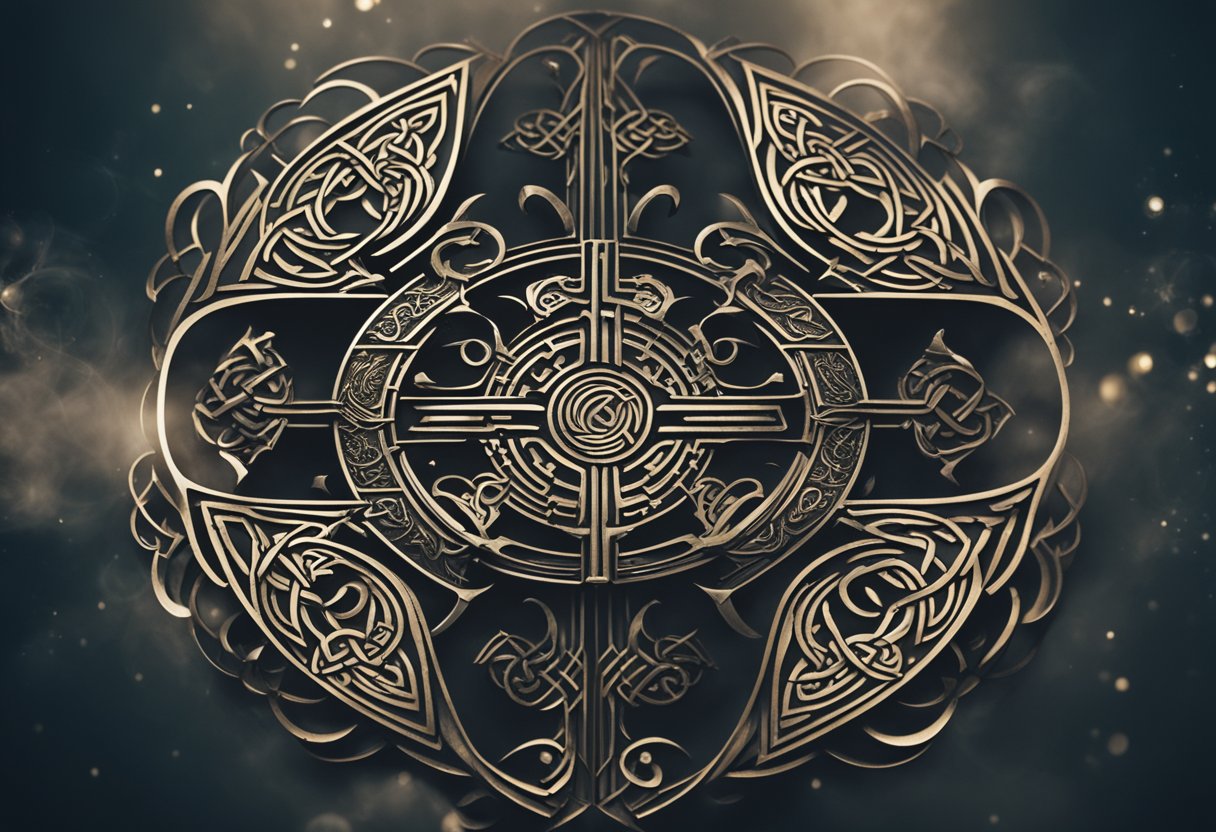
Before delving into the intricacies of Celtic and Norse mythologies, it is essential to understand the breadth and complexity of these two distinct but occasionally overlapping belief systems.
How do Celtic and Norse mythologies compare and contrast?
Celtic and Norse mythologies both originate from ancient cultures situated in northern Europe. While the Celtic culture is renowned for its rich oral traditions and symbolic art, Norse mythology is distinguished by its vivid sagas and potent gods such as Odin and Thor. Despite their unique qualities, they share a polytheistic structure and a fascination with the natural and supernatural worlds.
What are the key differences between Celtic and Norse pantheons?
The pantheons in Celtic and Norse myths consist of a variety of deities with particular roles and attributes. Celtic deities are often associated with natural elements, including gods like Dagda and goddesses like Brigid. In contrast, Norse gods include well-known figures like Odin, the Allfather, and Freyja, the goddess of love and war.
Can parallels be drawn between Celtic knotwork and Norse art?
Celtic art is famously intricate, featuring interlacing patterns and knotwork that signify the eternal cycle of life. In contrast, Norse artwork is characterised by its runic carvings and figurative representations of myths. Both styles, however, emphasise a connection to nature and the cosmos.
How did Celtic and Norse paganism influence each other?
Given their geographical proximity, inferring some influence between Celtic and Norse paganism is plausible. They both developed complex societies with rich mythologies, leaving behind symbols and stories that suggest an exchange of beliefs and practices, as seen in artistic expressions and archaeological finds.
Is there a connection between Celtic and Norse geographical spread in ancient times?
Celtic and Norse people expanded across various regions of Europe. The Celtic tribes spread widely throughout the continent, while Norse Vikings travelled through the North Sea, affecting adjoining areas and leading to cultural intermingling.
What are some similar themes or deities in Celtic and Norse mythologies?
Shared themes in both mythologies include epic tales of heroism, the cycle of life and death, and the importance of the natural and spiritual realms. Deities with analogous functions, such as the Celtic god Lugh and the Norse god Odin, can be identified, both associated with knowledge and warfare.



